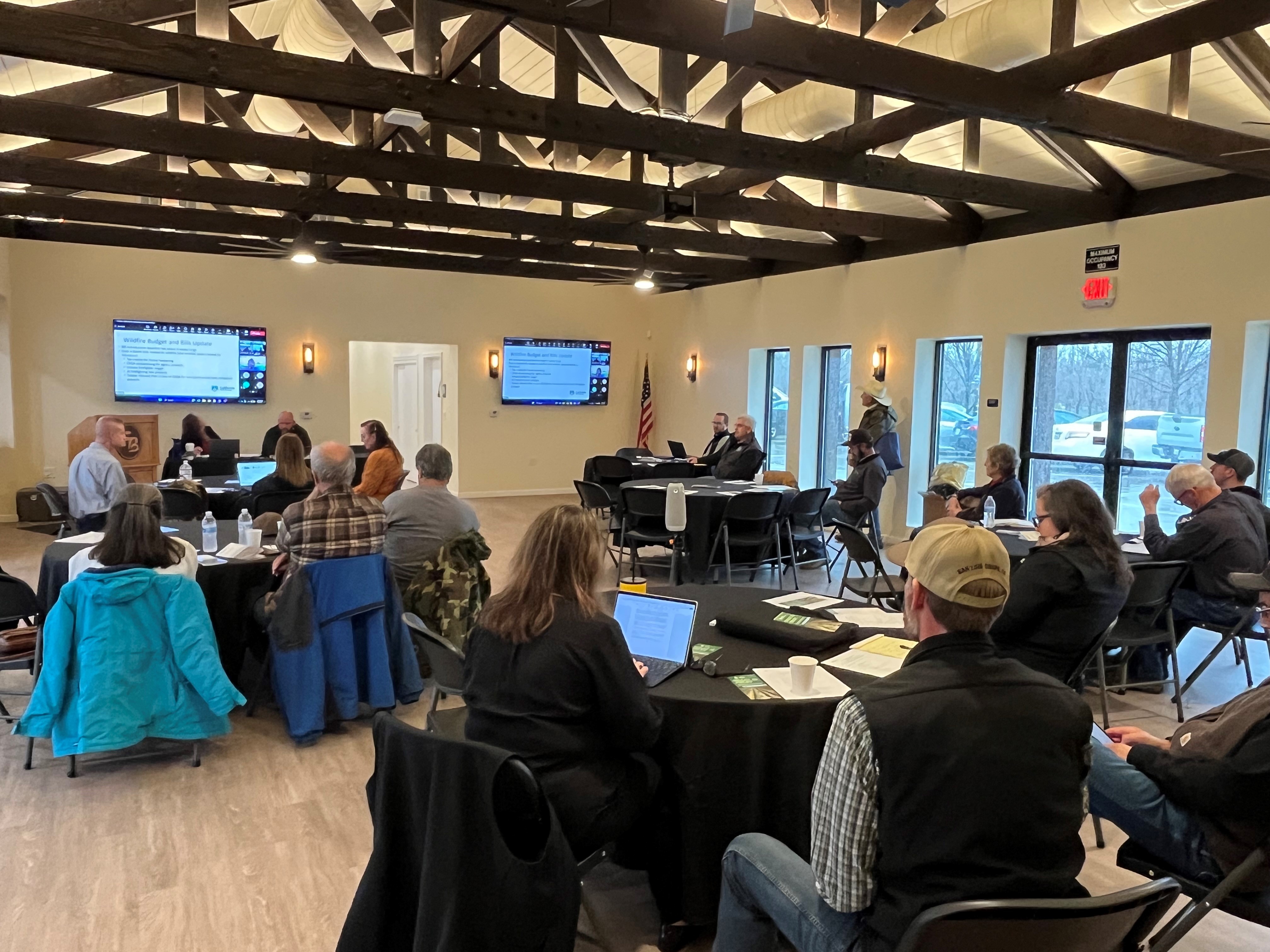Grassroots engagement by members guides policies

By Shawn Crook
First Vice President
California Farm Bureau

California farmers and ranchers are the backbone of our state. These individuals work hard to grow food for the nation and contribute billions to the economy while supporting working lands and the environment.
The state’s farmers face challenges such as drought and uncertain water supplies, workforce shortages, increased government regulations, higher costs and market volatility. To navigate these issues and support our members, the California Farm Bureau stands ready to engage and advocate for solutions.
As a grassroots organization, the Farm Bureau’s strength is our members, who drive policy and set priorities through involvement in commodity advisory committees, which meet regularly throughout the year. The committees bring members together to discuss important issues that relate to their respective crops. To encourage increased participation and engagement, we decided to hold meetings in person at regional locations as well as virtually this year.
Last week, county Farm Bureaus hosted committee members of forestry and public lands; wheat, feed and small grains; and field crops. In the coming days and weeks, the committees for nut trees, fruit trees, livestock, grapes and horticulture will meet.
Discussions included water challenges, especially as many county Farm Bureau members navigate the state’s groundwater regulation, the Sustainable Groundwater Management Act, or SGMA. Our county Farm Bureaus are at the forefront and the first line of defense to protect and promote agriculture in the counties.
During the forestry and public lands advisory committee, hosted at the Butte County Farm Bureau, we had robust participation, covering federal lands management, fuels reduction and grazing on public lands. The committee drafted policy language to strengthen management of predators.

Photo/Ned Coe
Connecting with members is important. There are times when somebody needs help with an issue and the California Farm Bureau can make a connection or point them in the right direction, or maybe another county has dealt with the same issue and can provide guidance.
Our members want to see that they are paying dues to an organization that is working for them. They want us to be visible, so we are present and making a difference. Attending events like the Red Bluff Bull & Gelding Sale, the Colusa Farm Show and the World Ag Expo is a great opportunity for state and county Farm Bureau staff to interact with members and reach prospective members. It gives them the chance to discuss issues or just say hello.
As I travel to different counties attending annual meetings, conferences and events, county Farm Bureau members have told me they value the relationship with the California Farm Bureau. There is an understanding that the state does care about what’s going on in my county. We are all part of the same family. That’s what you see at the American Farm Bureau Federation, too.
At the AFBF Annual Meeting last month in San Antonio, Texas, California Farm Bureau officers and other members saw the policy development process reach a conclusion as the organization approved national policy priorities. With 55 members from California attending, it was the largest presence that the Golden State has had in the past decade.
The AFBF Annual Meeting is an opportunity to connect with members from across the U.S. I heard from members from Kentucky, Montana and Delaware, and it was a reminder that farmers in other states are going through the same struggles that we are on our farms and ranches. In many cases, these members are dealing with issues that we in California have faced for years. Members from other states are now reaching out to the California Farm Bureau for solutions and advice, which is a big change.
It is significant that we get to come together to discuss challenges and conclude the meeting with some hope on how we can solve issues. With the AFBF Annual Meeting set for Jan. 9-14, 2026, in Anaheim, I’m hoping we can get 1,000 California Farm Bureau members and county presidents to attend.
We had a lot of momentum going into our California Farm Bureau Annual Meeting held in December in Monterey. Everybody was excited. They see the changes and the direction that we are headed in and are reinvigorated. They’re ready to face the challenges that we have in agriculture.
We all have a stake in ensuring that California’s agricultural sector remains strong and viable for generations to come. It’s time to stand with our farmers and ranchers, support their efforts and embrace the power of unity to tackle the issues that matter most.
Together, we can build a better future for California agriculture.
(Shaun Crook, who operates a family timber business in Tuolumne County, is first vice president of the California Farm Bureau. He may be reached at scrook@cfbf.com.)




